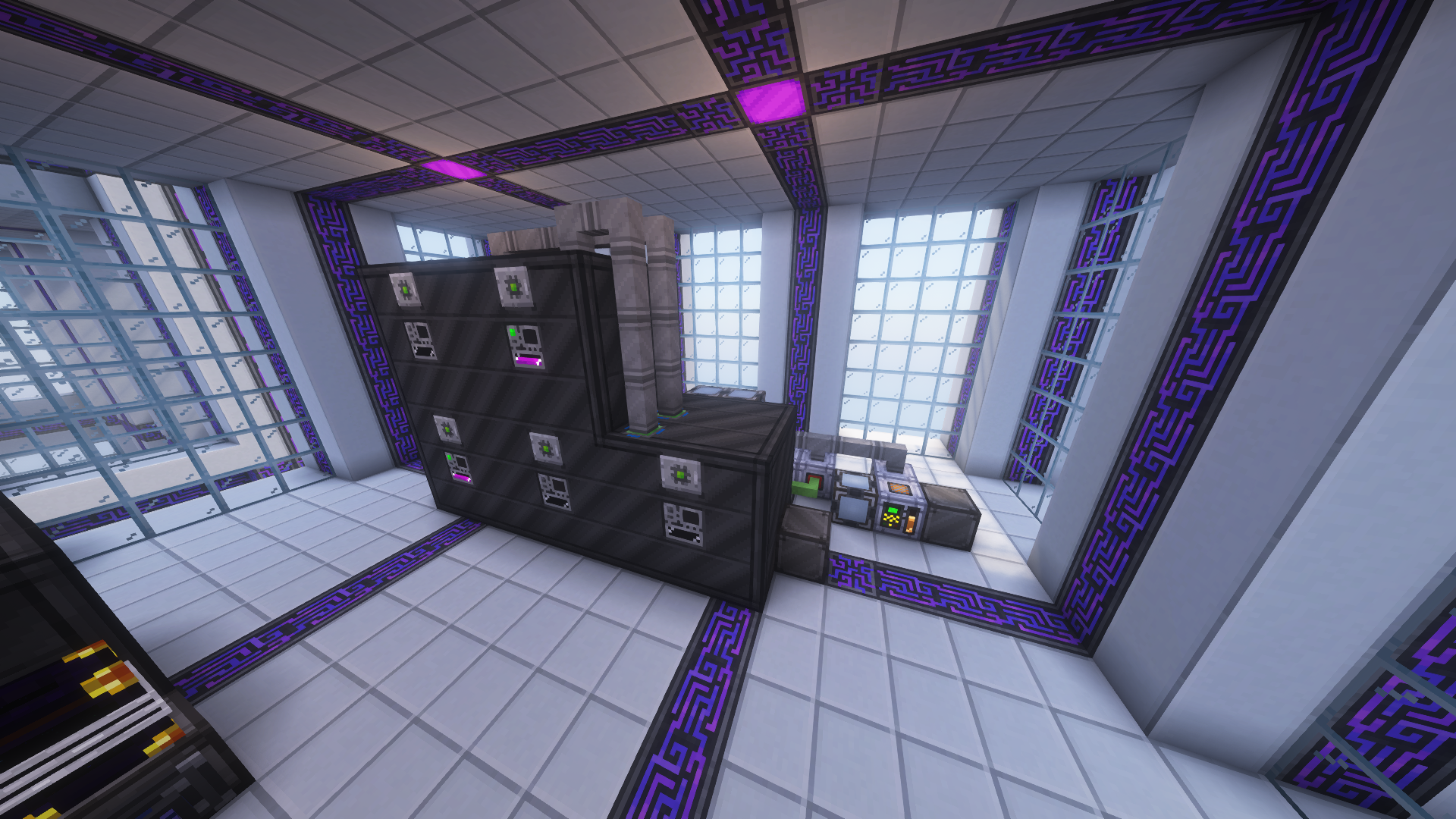Monifactory Part 5 - Passive Automation Foundations
Time to broaden my tech base - and more specifically, time to automate some resource production. First up, setting up gas collection. Thankfully I had some parts left over from my storage expansion.
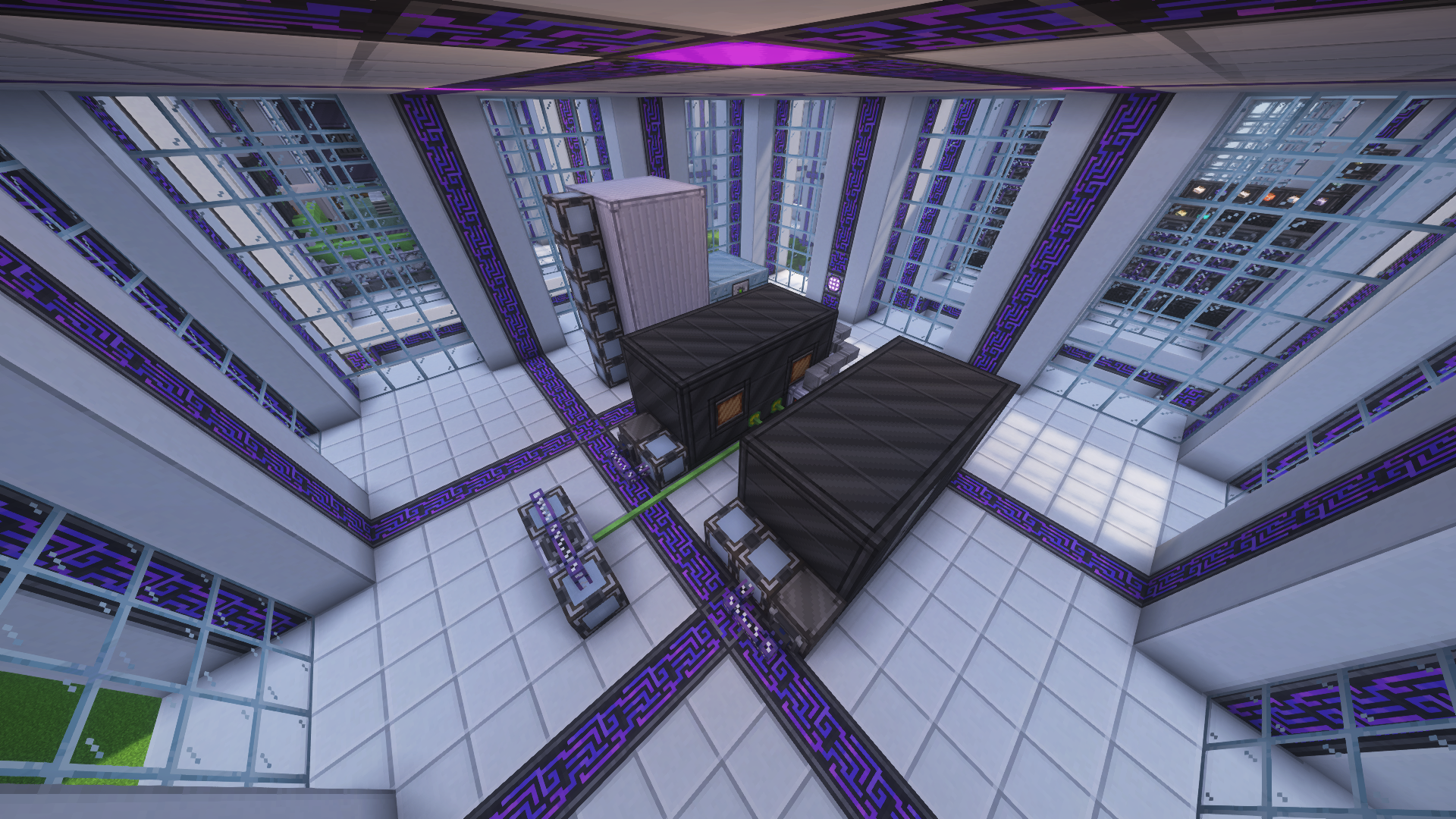
Afterwards, I looked at my energy consumption and saw I was running low - time to upgrade to nitrobenzene, an over 5x increase in power output. I could infinitely produce nitrobenzene from the existing benzene production, nitric acid produced from air distillation, and sulfuric acid produced from nether air centrifuging, but only barely - I fast needed a better way to produce sulfuric acid, since my current method produced a measly 25 mB/s.
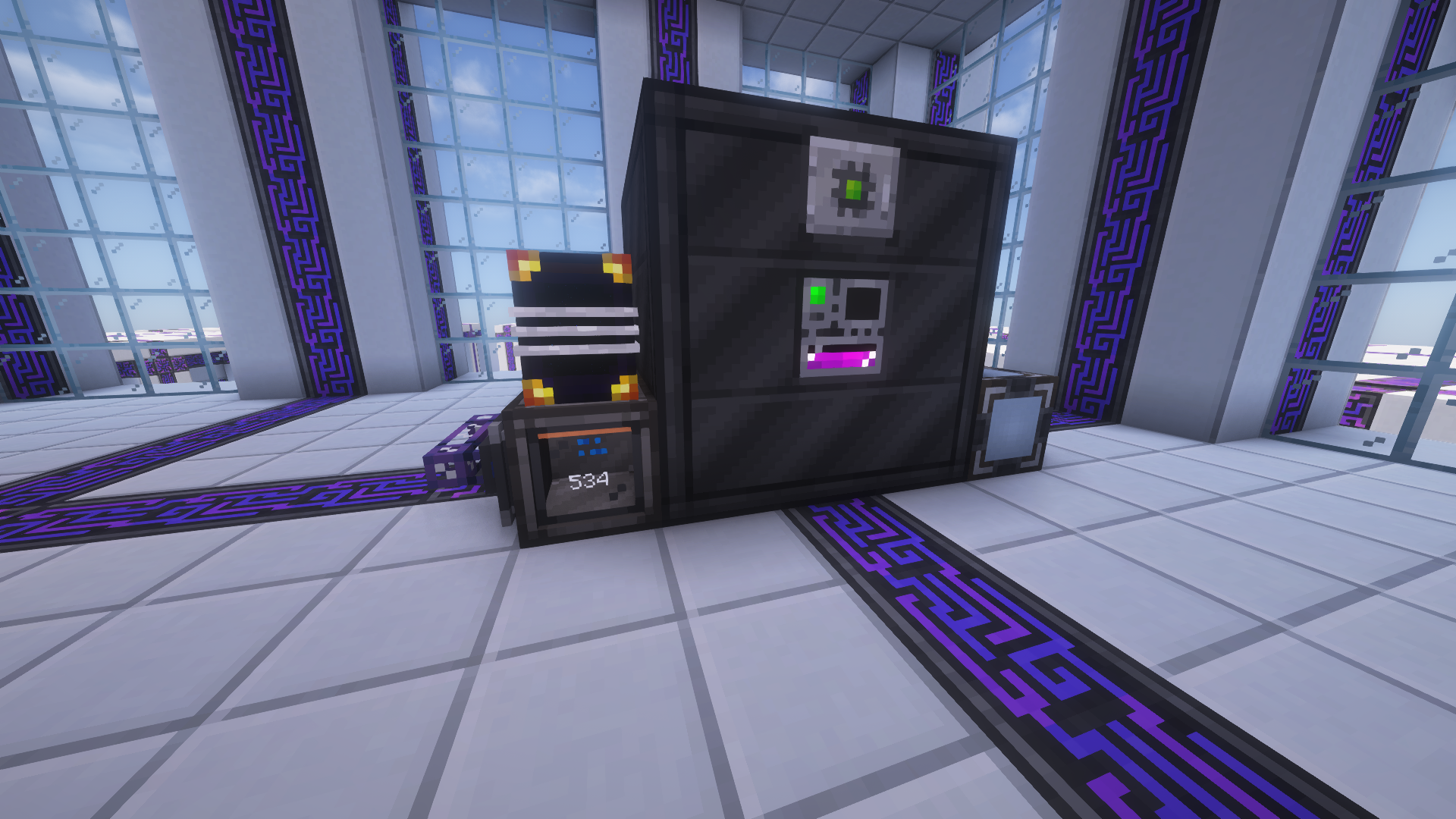
Now, with over 50 A of HV power at my disposal, it was time to expand my resource production capabilities, and first was using nether air distillation instead of centrifuging.
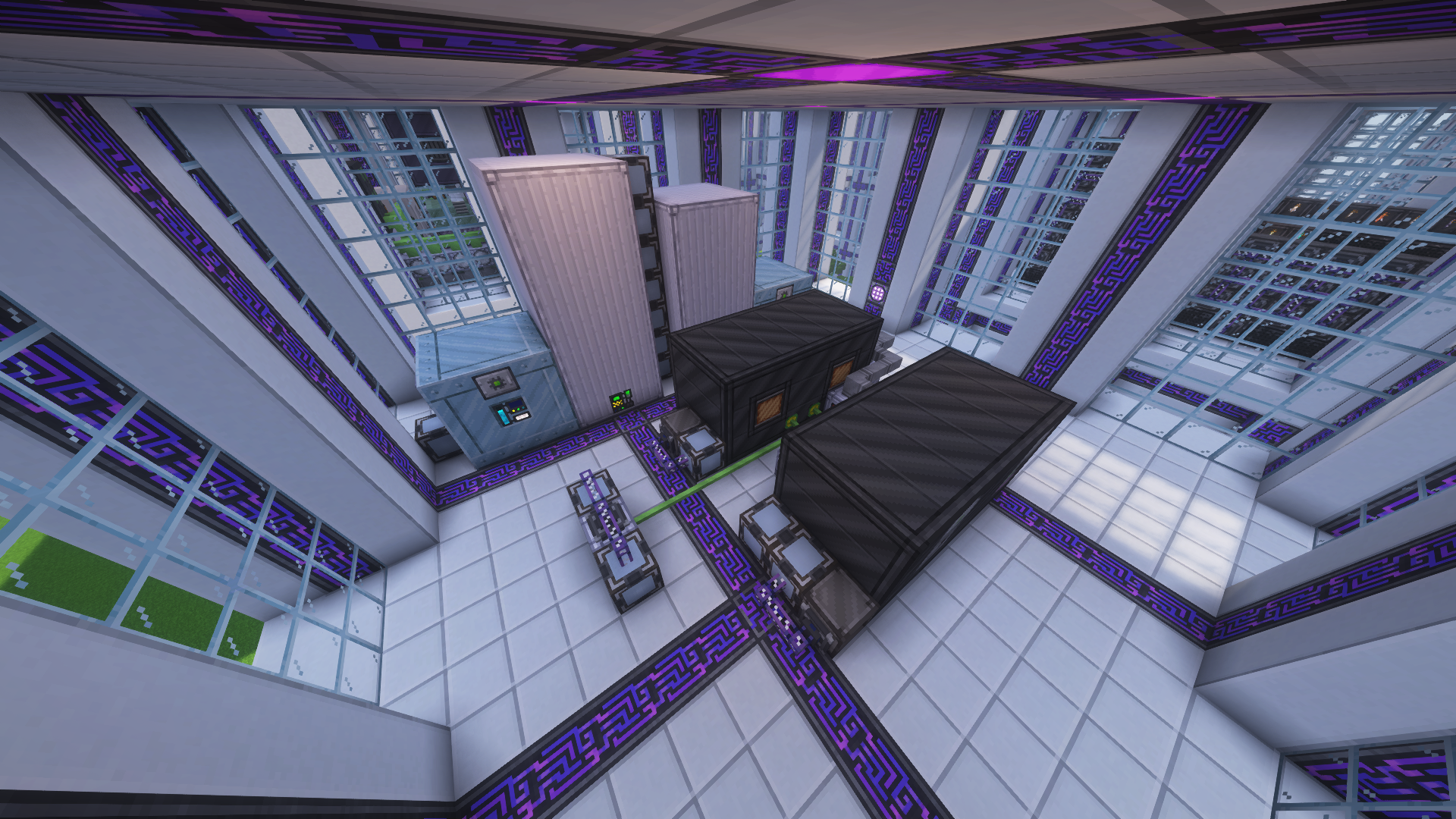
Next, after briefly running out of oxygen (!), I decided to fix that and other issues by working on rock crushers. The LV variant was completely subsumed by infinite cobblestone, and I wasn't about to set up the stoneline (or the cobbleline) without first securing my other resource production, so I started looking into the MV materials, specifically, diorite. Diorite is a source of clay and mirabilite dust, and those dusts both produce many useful elements. Calcite wasn't a useful dust, nether was granite, and andesite's output were also better produced through other processes.
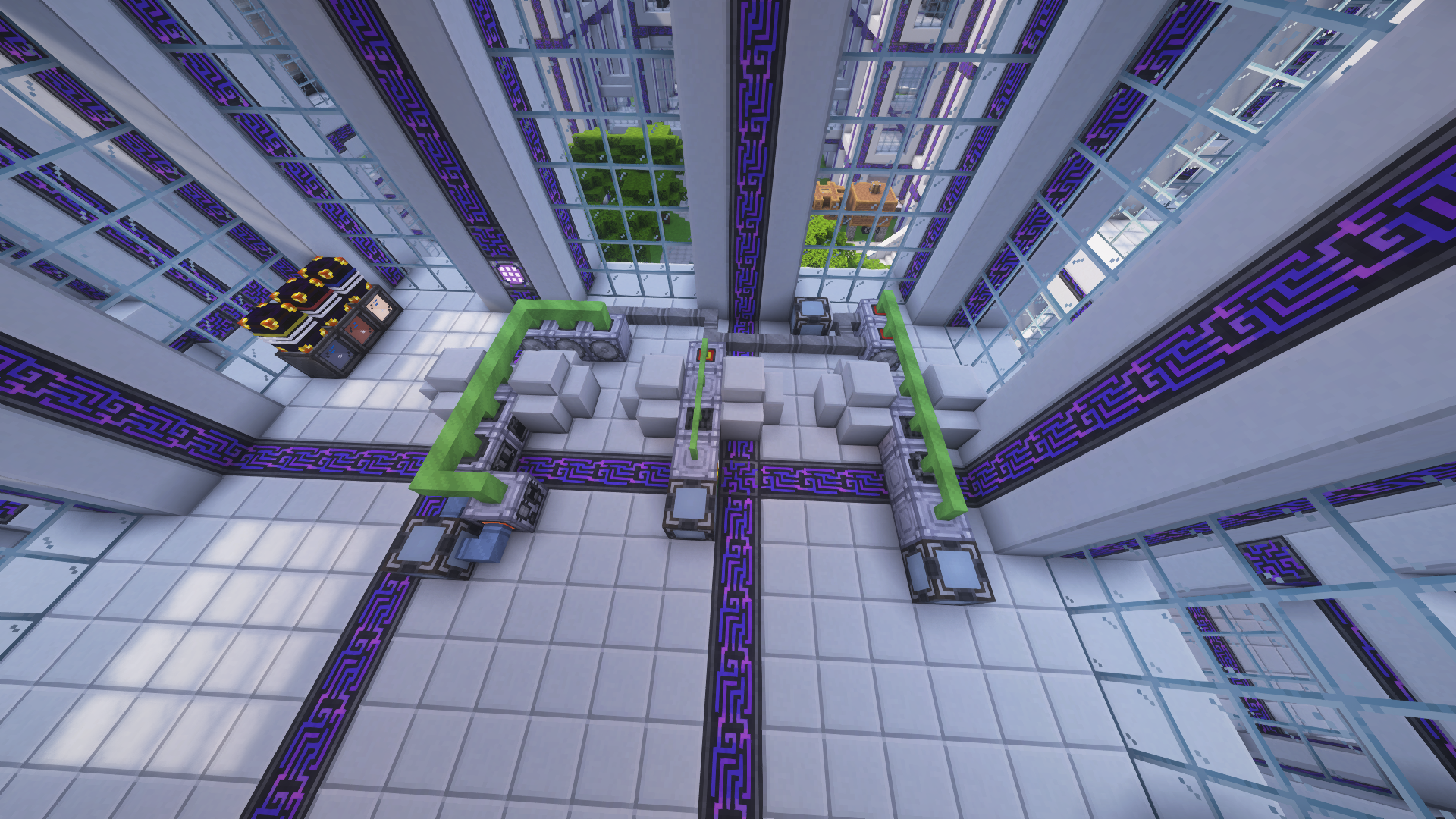
Next the cobbleline (that is, the non-acid processing for cobblestone derived resources). I was mainly interested in the clay and saltpeter dust outputs, although the quartzite to glass to silicon dioxide chain was also interesting, although only for the oxygen production applications. I considered using netherrack for sulfur production, but decided against it in favour of relying on the production from diorite-derived mirabilite.
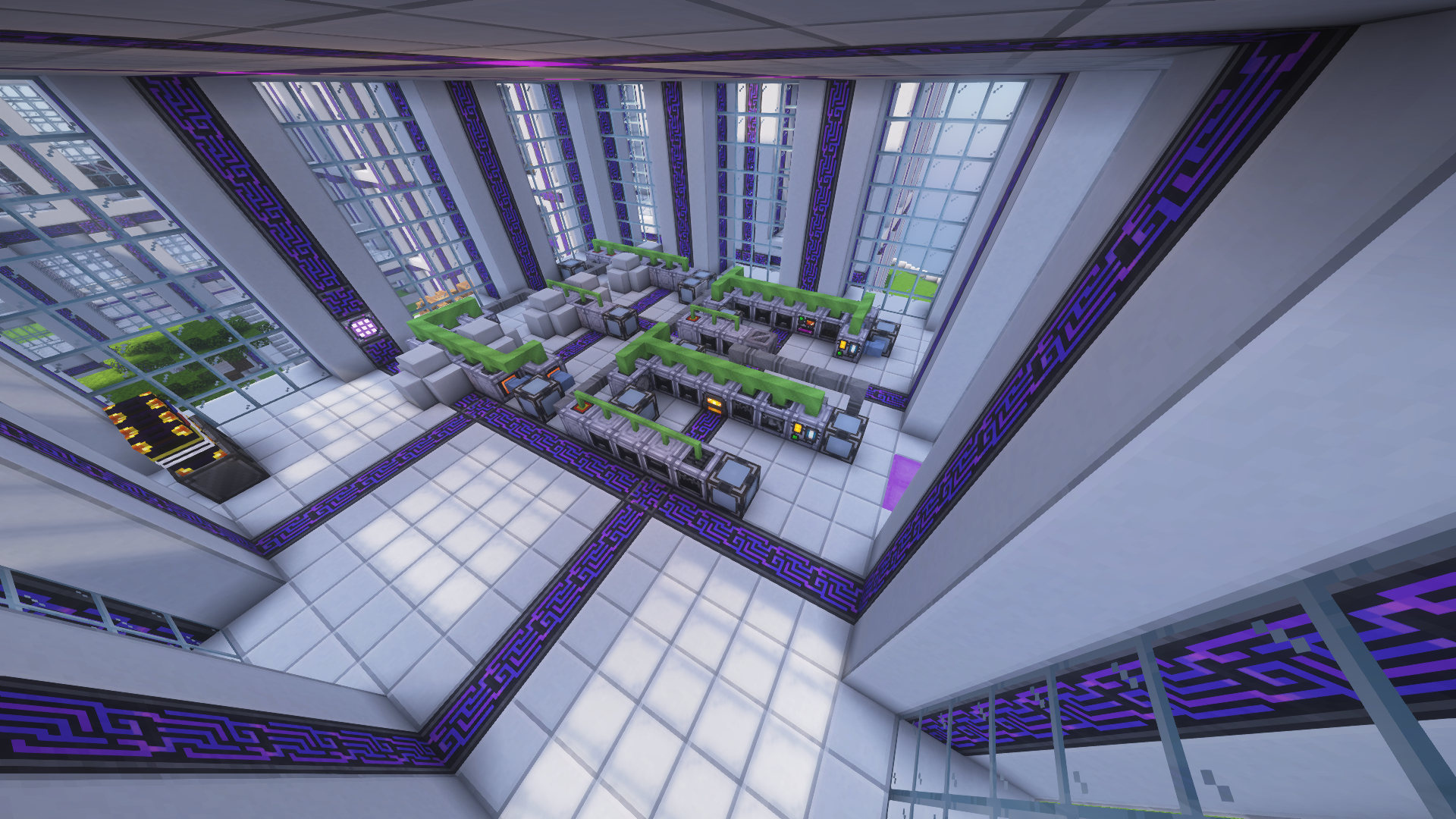
Then, I added a floor onto the Resource Ops building and built three greenhouses (and production of fertilizer from basalt byproducts) - one for sticky resin and products, one for ender spores and products, and one for ethanol (from sugar cane) for organic ethylene.
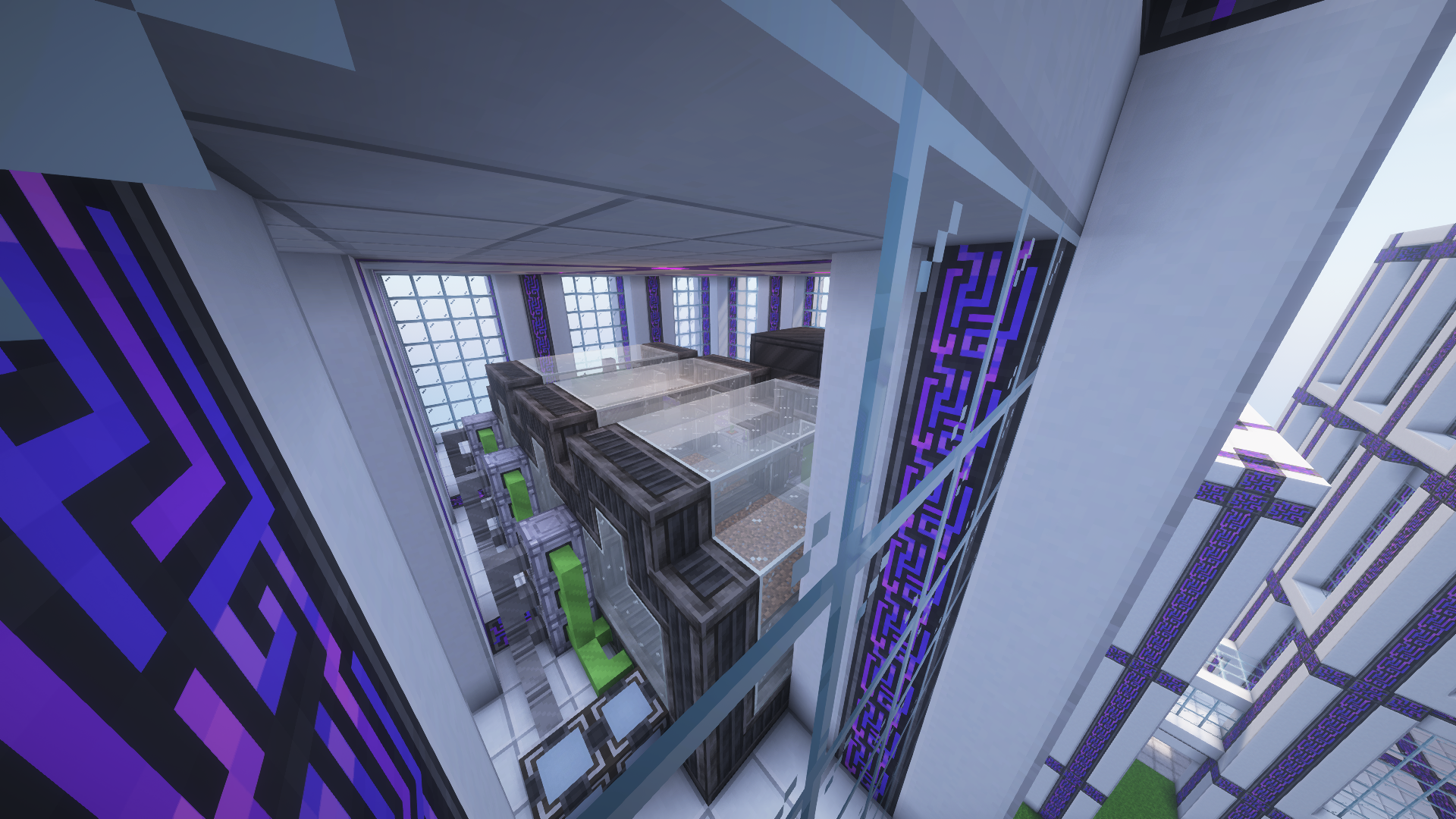
After some more finishing touches on the greenhouses, I turned towards oil processing. I wasn't going to be using diesel power, but gasoline and high-octane gasoline would be needed later on, so I had to make a complete set of oil drills. I decided to drop raw oil, since it was strictly inferior to oil, natural gas, since refinery gas was produceable from light oil and wasn't used outside of gasoline, and also drop helium-3, since it wouldn't be useful for quite some time. This left me with salt water, lava, deuterium, heavy oil, oil, and light oil drilling rigs to set up.
Actually building those rigs, however, was going to be expensive. I was setting up Fluid Drilling Rig IIs, which cost a fair amount of titanium and quite a few EV components to build, in addition to the tungsten carbide for the gears. A lot of crafting and resource processing later, however, I was ready to set up fluid production. One question remained, though - could I use nitrobenzene for power on the moon? The answer? Yes! And with that, I had fluid production.
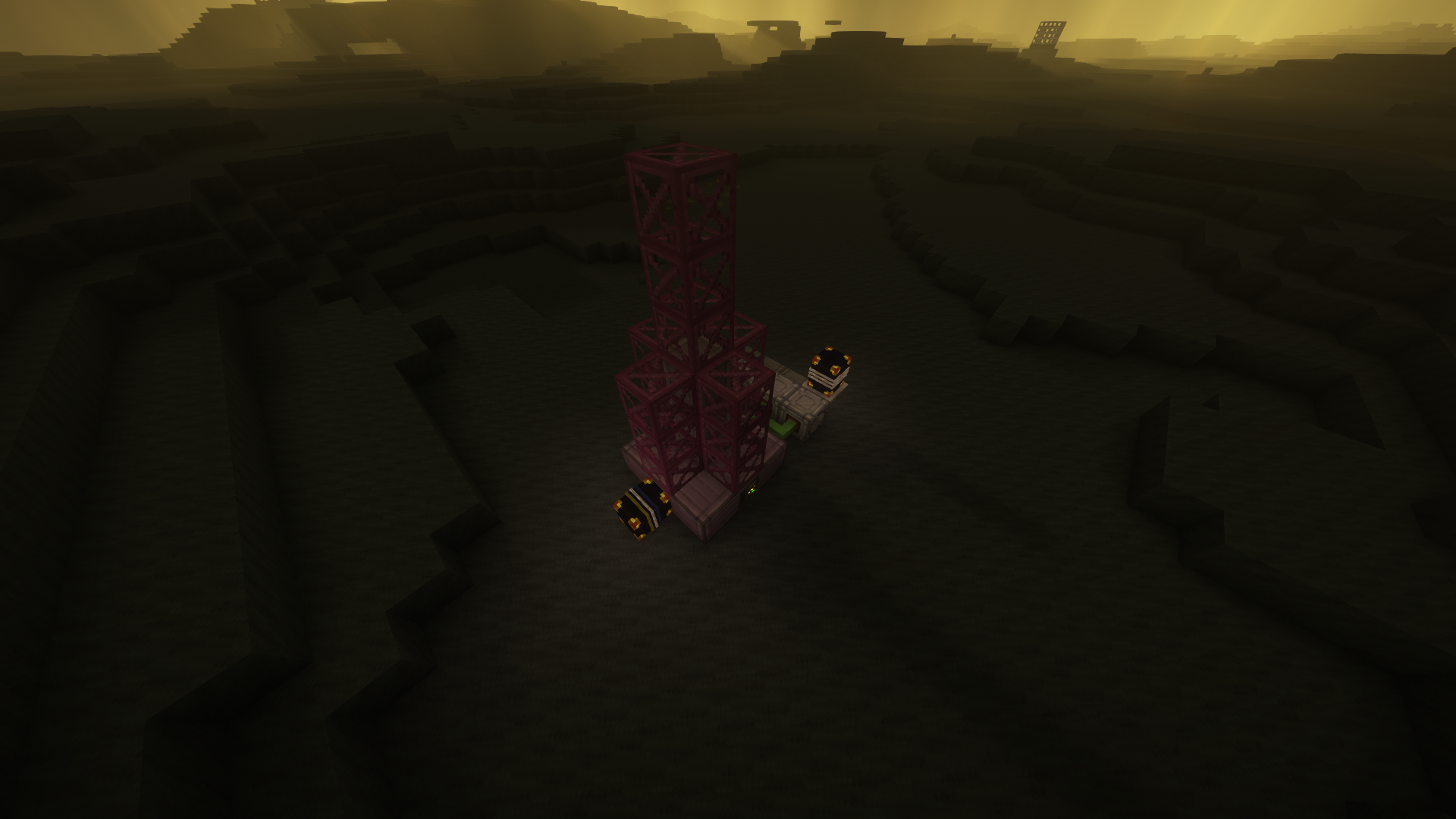
I didn't set up any further processing save for electrolysis of salt water - all of that would come in time. I think I had answered my question from the beginning of this pack. Monifactory, too, intended for you to passively automate production of just about every intermediate product, although the item pipes native to GregTech made that a bit of a pain. I could work with this paradigm, however, since I still did have access to AE2-based item logistics.
Further consideration of my available power suggested that I would soon be in need of a major power upgrade. After much consideration, I decided on high-octane gasoline. This would, in fact, require setup of petrochem, and for some components, setup of pyrolysis. I also discovered that raw oil was, in fact, useful for producing naphtha, and thus I needed an additional raw oil drilling rig.
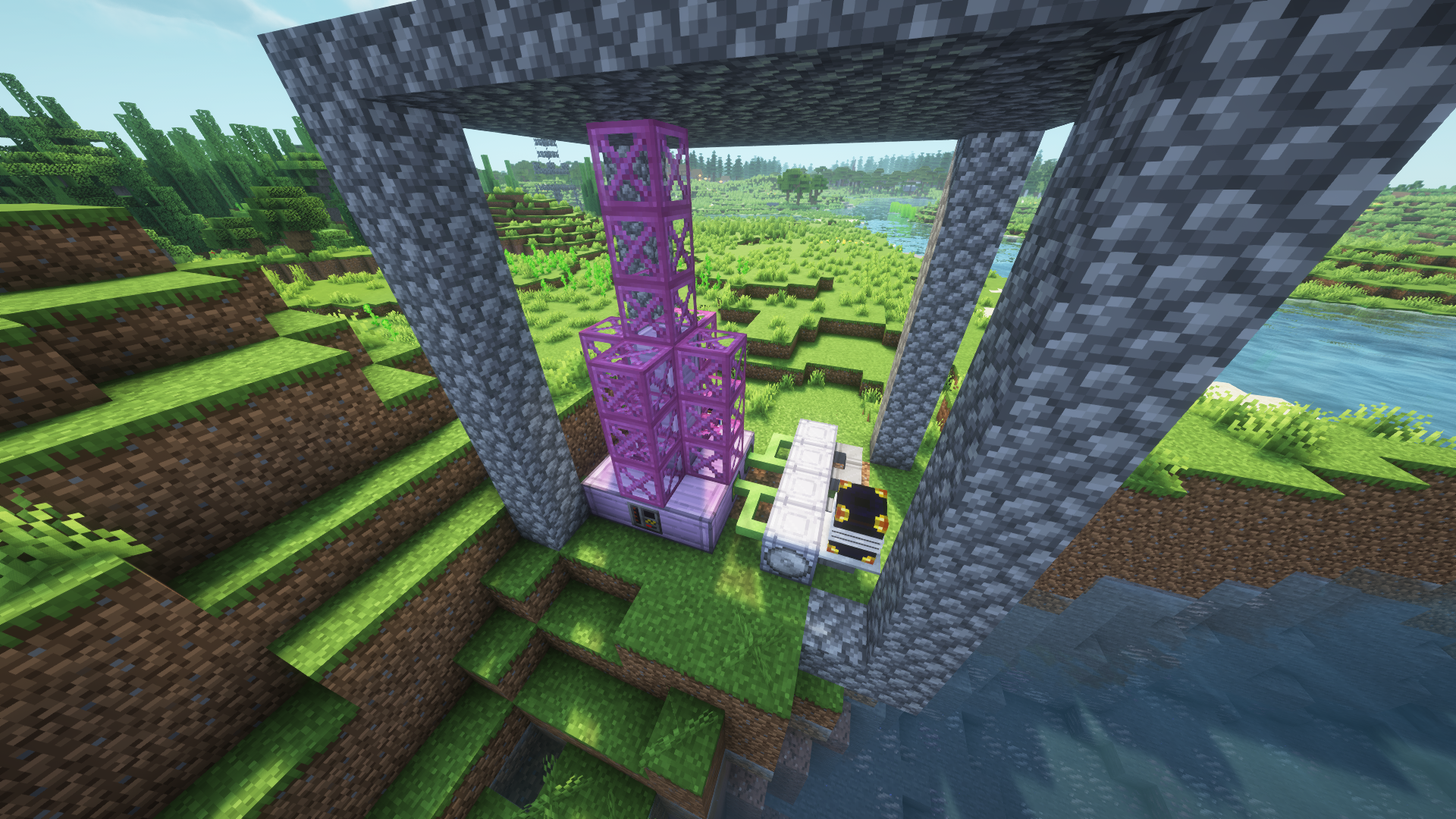
Next up was setting up petrochem processing - the distillation towers for the input oils and for cracked heavy and light fuel. This also required attention to hydrogen production, since light fuel would be lightly hydrogen cracked. I solved this with sodium-catalyzed water electrolysis.
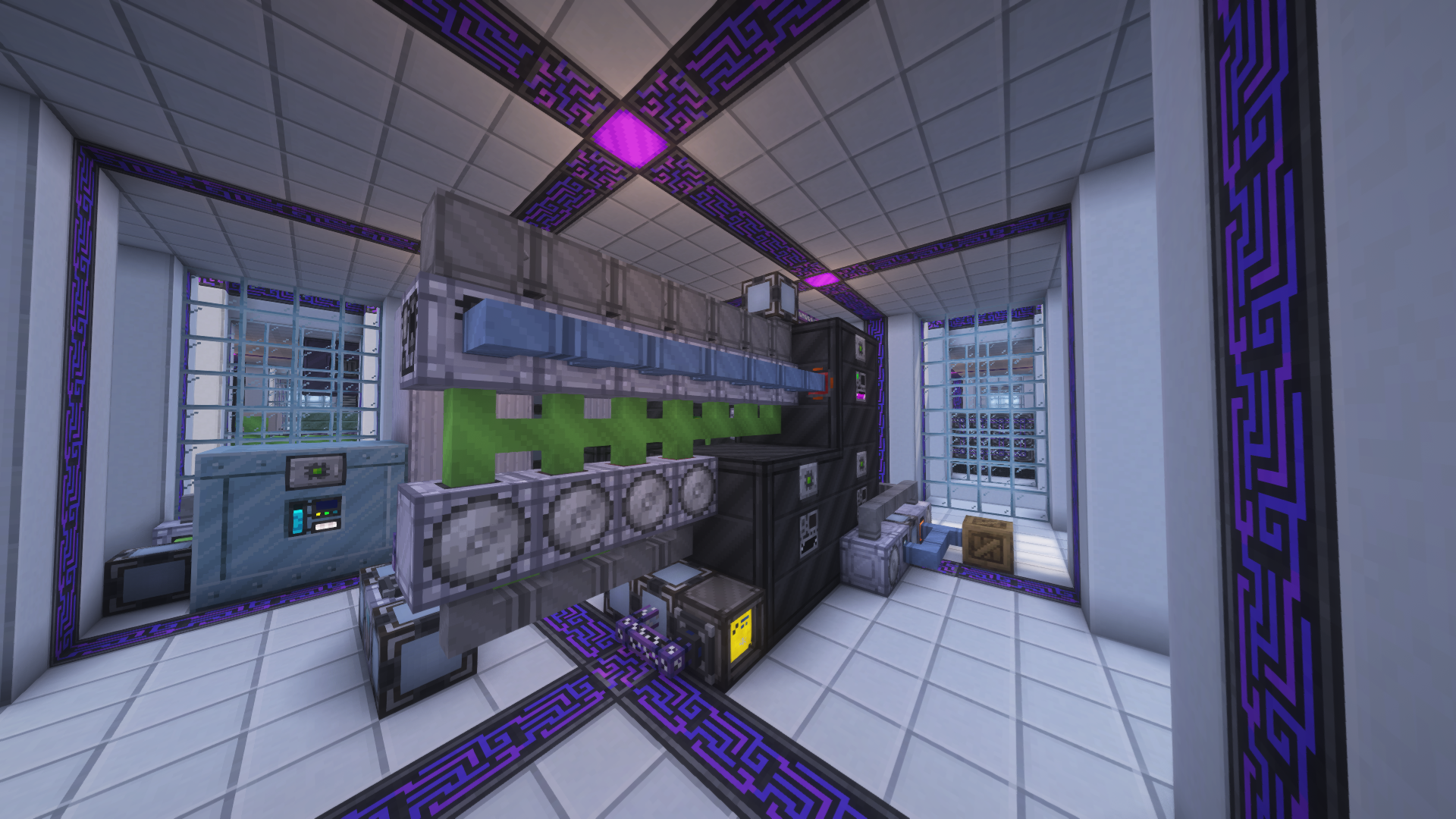
Finally, actually building the petrochem plant started with allocating building 4 to be the petrochem building, and building up the initial distillation apparatus in a double-height room. The double height would only be relevant for later distillation steps, though.
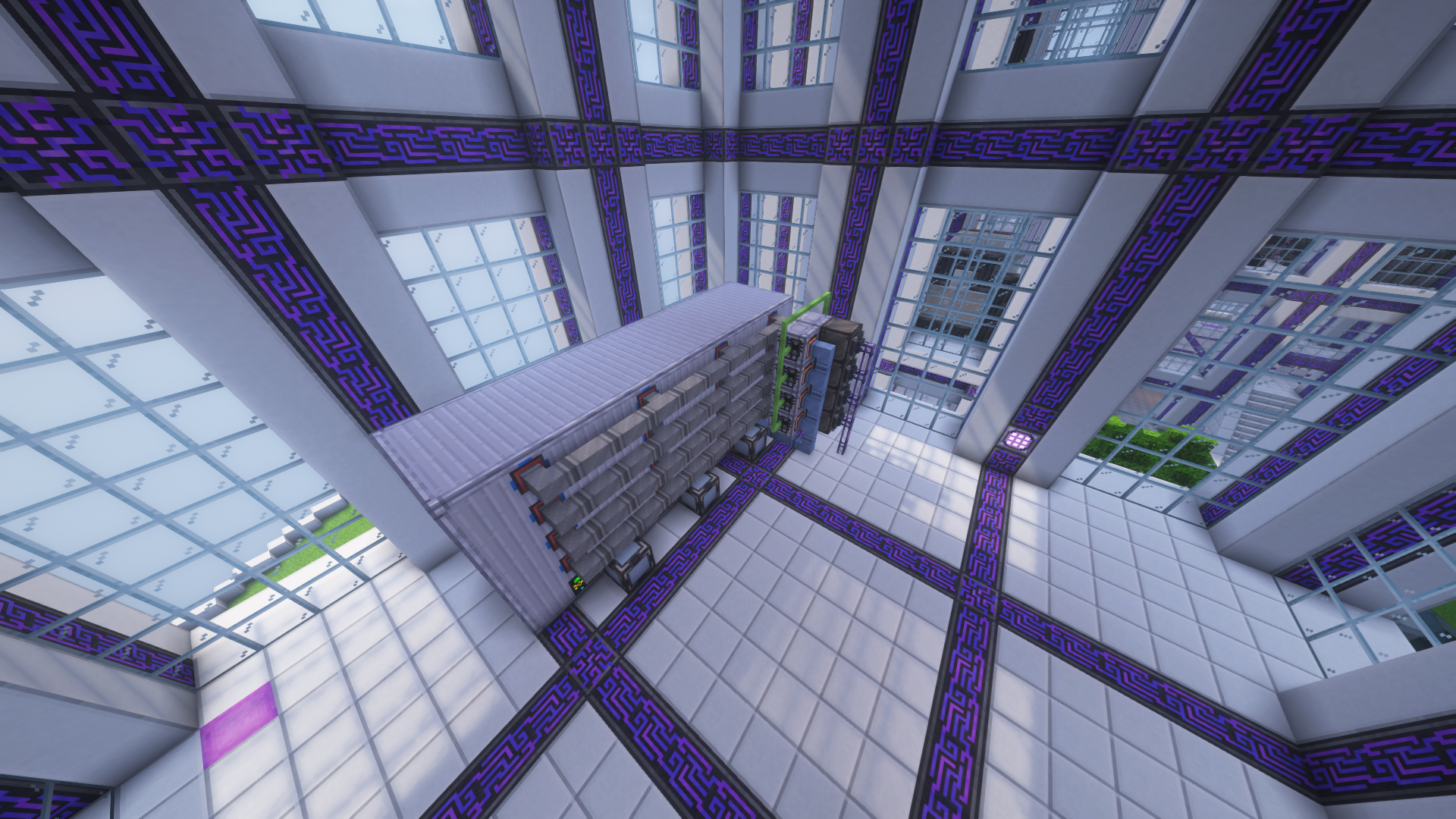
At this point, I was starting to run low on stainless steel, and on the chromium needed to make it, so I took a quick detour into the end and dug out a fair chunk of an island. It's quite impressive just how much digging a 7×7×7 drill can do.
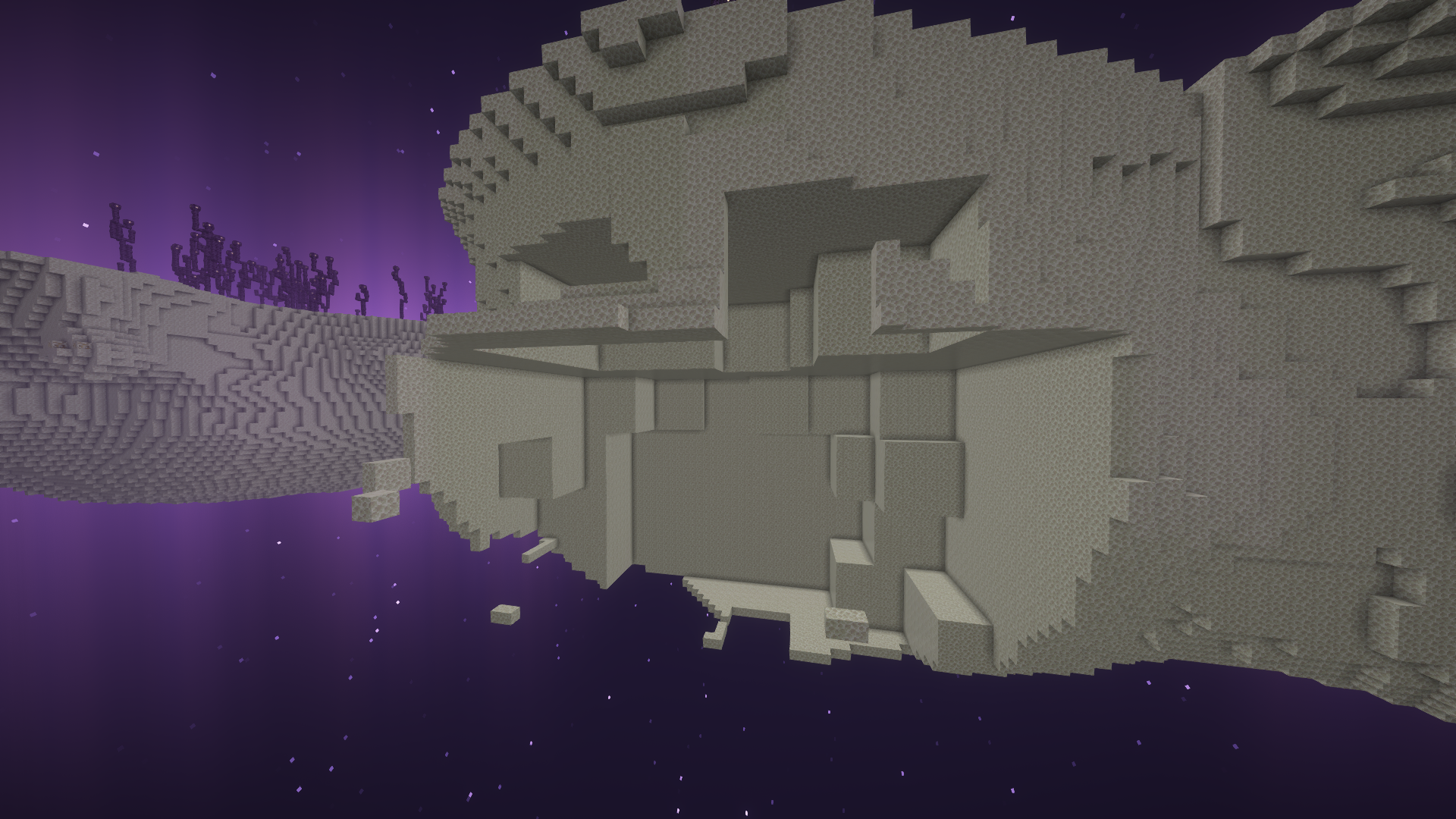
I set up the crackers, and noticed that I was running low on power. Thankfully, this wasn't even a brown-out, it was merely a negative trend on stored benzene. I went around the base and started applying level control to several infinite processes to throttle them, chief among them hydrogen production and air distillation.
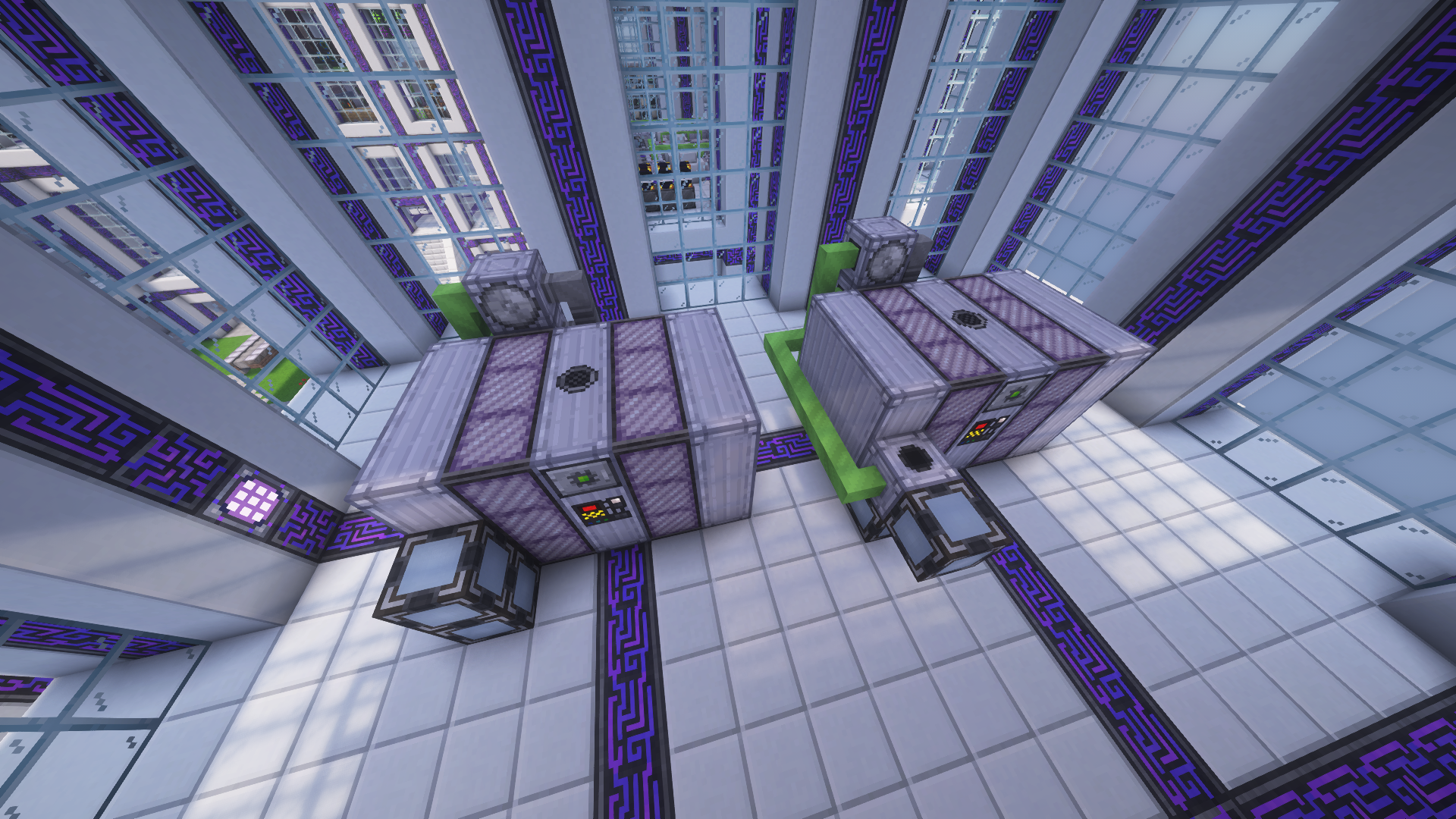
With that diversion done, I returned to construction of the fifth and sixth distillation towers, these ones actually using some of the double-height space.
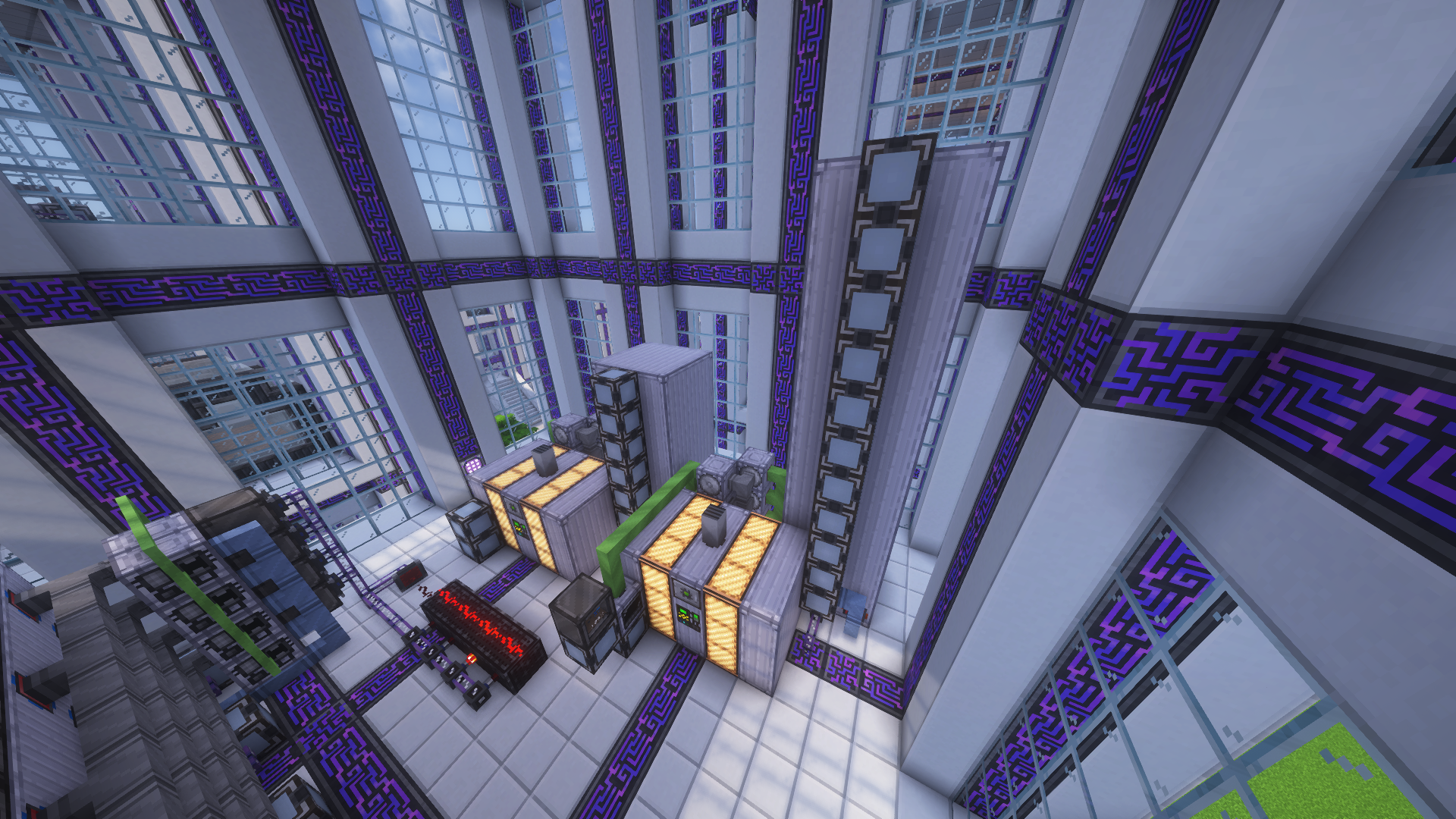
My penultimate task was to make the greenhouses and pyrolysis ovens and distillation towers for methanol, acetone, and toluene production. I already had a source of ethanol from ethylene production, so I could skip that. At this point I did run out of stainless steel and had to wait for it to process. Soon, I would have automated all these production chains. While I was waiting for materials to process, I installed wireless connectivity and uninstalled the various wired terminals scattered around the base.

I was almost done, but I found that I had run out of LV circuits. I decided to upgrade to an EV circuit assembler so I could use the SoC recipe. With this upgrade, I considered myself in early EV.
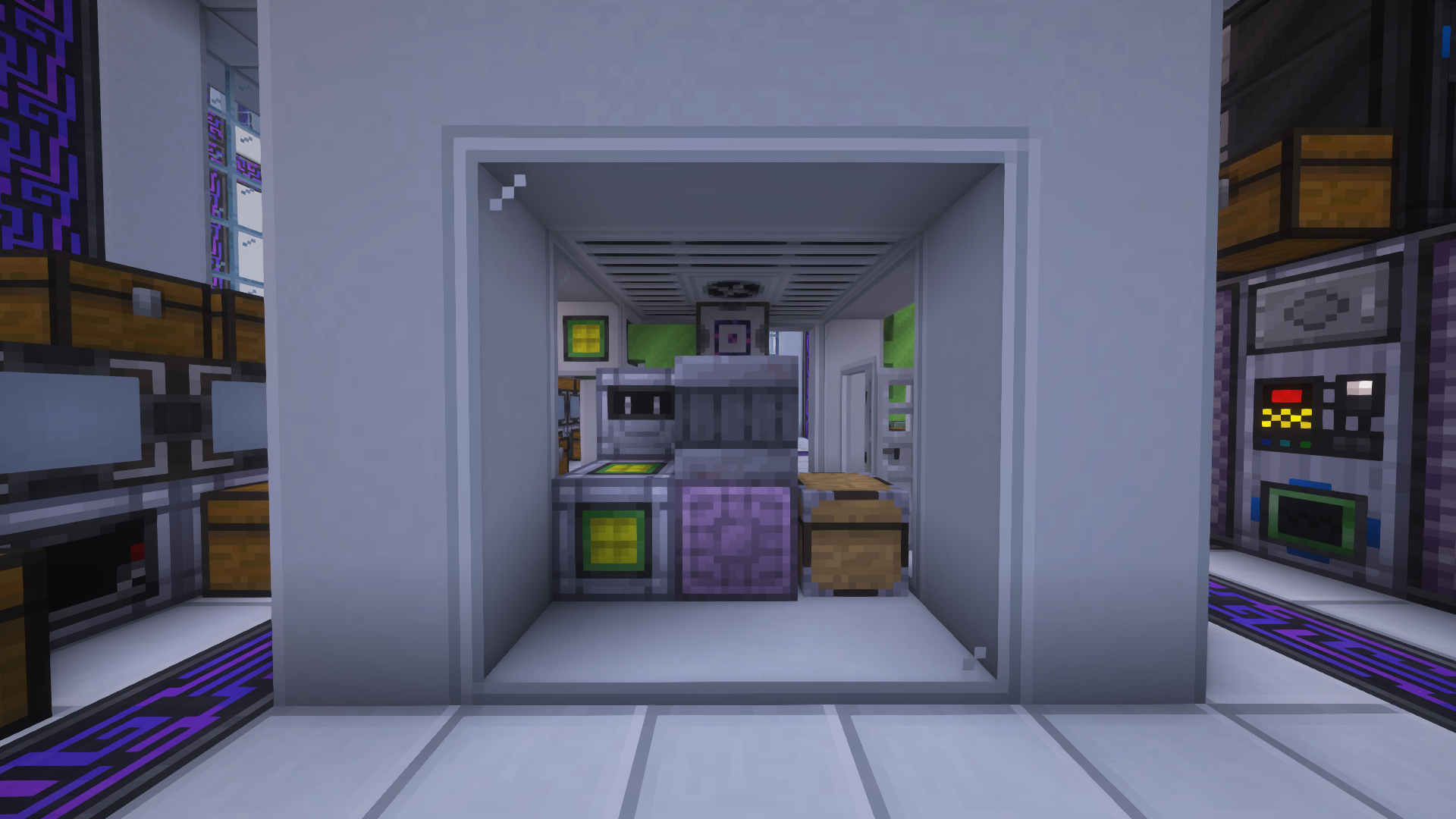
After much crafting, I finished setting up the high-octane gasoline production line.
